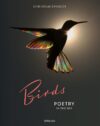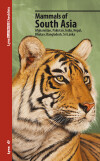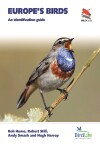New Book: Birds of Kenya’s Rift Valley
May 13, 2014 | Comments (0)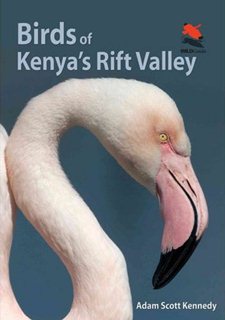 Birds of Kenya’s Rift Valley
Birds of Kenya’s Rift Valley
by Adam Scott Kennedy
From Princeton University Press:
Kenya’s Rift Valley includes four major national parks–Lake Nakuru, Lake Bogoria, Mount Longonot, and Hell’s Gate–as well as many smaller areas that are outstanding for wildlife. Birds of Kenya’s Rift Valley features the 320 bird species that are most likely to be encountered on safari in this world-famous region, which runs from Lake Baringo in the north to Lake Magadi in the south. Featuring over 500 stunning color photos, this beautiful guide breaks new ground with its eye-catching layout and easy-to-use format. The book follows a habitat-based approach and provides interesting information about the ecology and behaviors of each species. Birds of Kenya’s Rift Valley avoids technical jargon in the species descriptions, which makes the guide easily accessible to anyone. With it, you will be identifying birds in no time.
- Stunning photos of 320 bird species
- Major plumage variations depicted
- Jargon-free text
- Helpful notes on what to look and listen for, behavior, and why some birds are so named
This is Kennedy’s third photographic guide to East African hotspots, following Birds of the Masai Mara and Birds of the Serengeti. I really like these guides; they make a good primary field guide for most visitors and a supplemental photo guide for more serious birders. Just be aware that there is quite a bit of overlap between their coverage. I’ll detail that further in a more detailed review.
Birds of Kenya’s Rift Valley
by Adam Scott Kennedy
Paperback; 256 pages
Princeton University Press; May 4, 2014
ISBN: 978-0691159072
$29.95


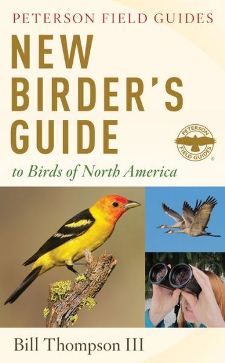 New Birder’s Guide to Birds of North America
New Birder’s Guide to Birds of North America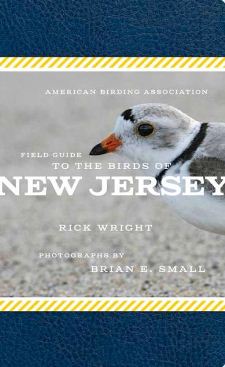 American Birding Association Field Guide to the Birds of New Jersey
American Birding Association Field Guide to the Birds of New Jersey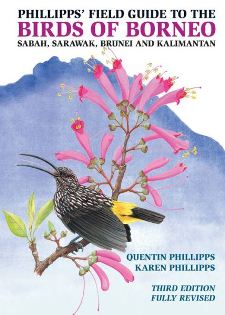 Phillipps’ Field Guide to the Birds of Borneo: Sabah, Sarawak, Brunei, and Kalimantan
Phillipps’ Field Guide to the Birds of Borneo: Sabah, Sarawak, Brunei, and Kalimantan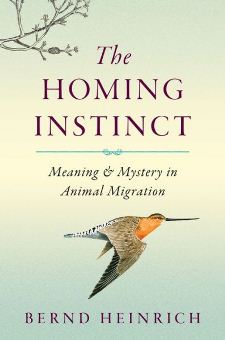 The Homing Instinct: Meaning and Mystery in Animal Migration
The Homing Instinct: Meaning and Mystery in Animal Migration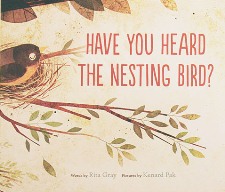 Have You Heard the Nesting Bird?
Have You Heard the Nesting Bird?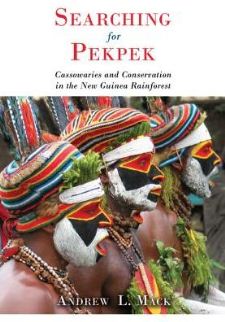 Searching for Pekpek: Cassowaries and Conservation in the New Guinea Rainforest
Searching for Pekpek: Cassowaries and Conservation in the New Guinea Rainforest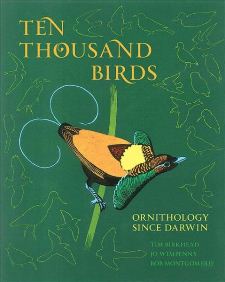 Ten Thousand Birds: Ornithology since Darwin
Ten Thousand Birds: Ornithology since Darwin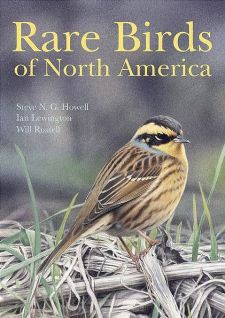 Rare Birds of North America
Rare Birds of North America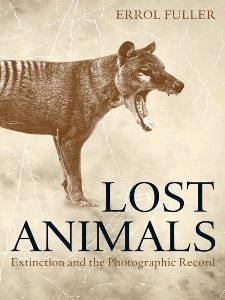 Lost Animals: Extinction and the Photographic Record
Lost Animals: Extinction and the Photographic Record



